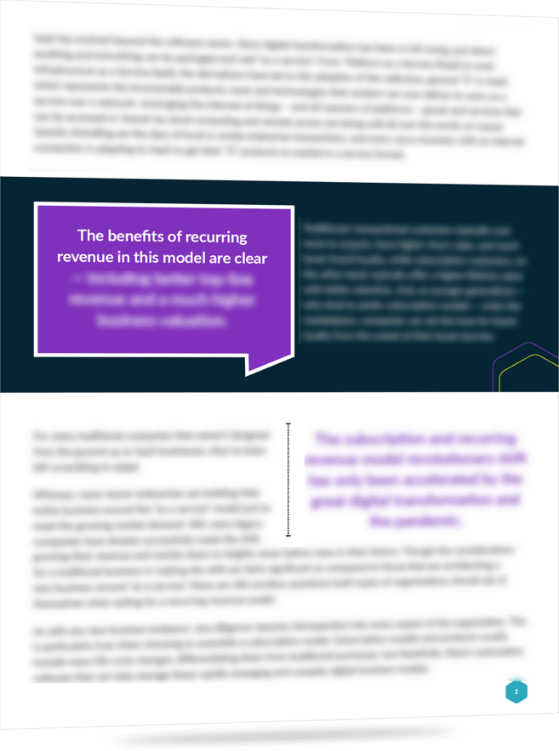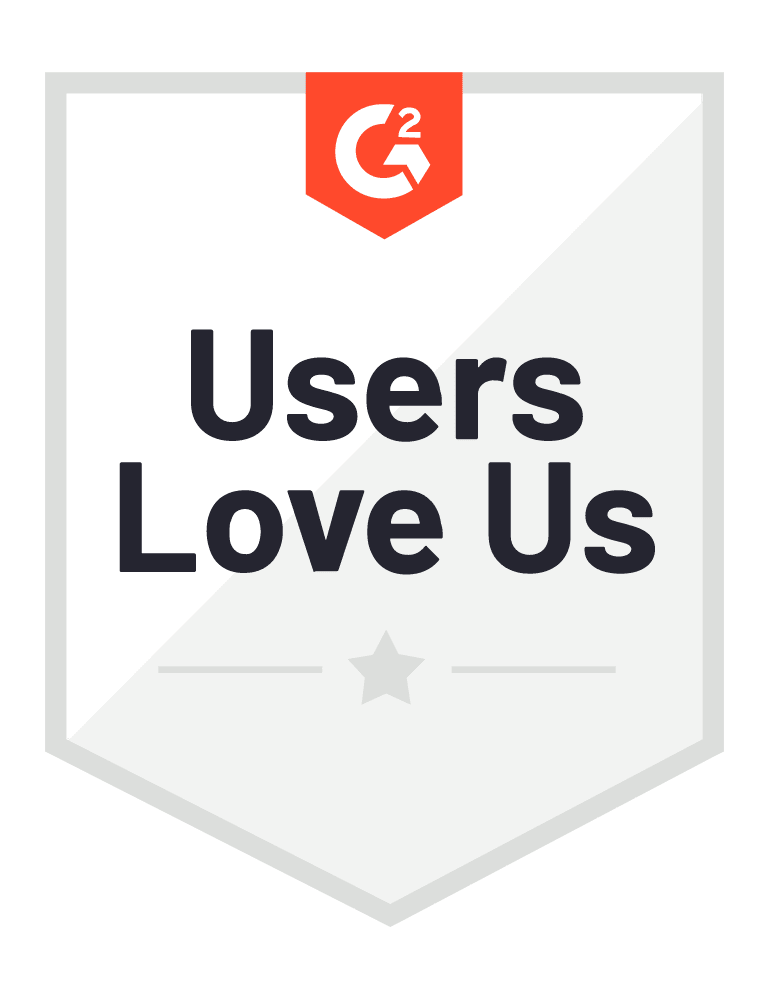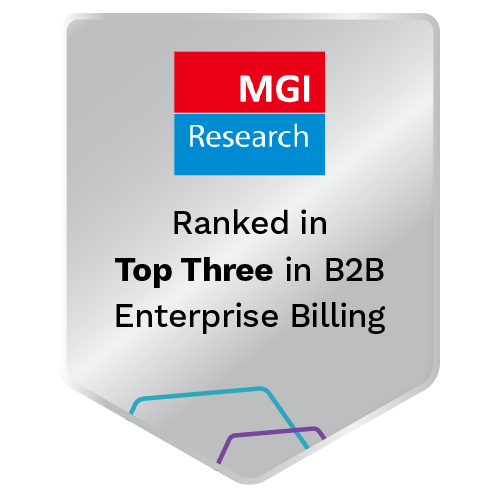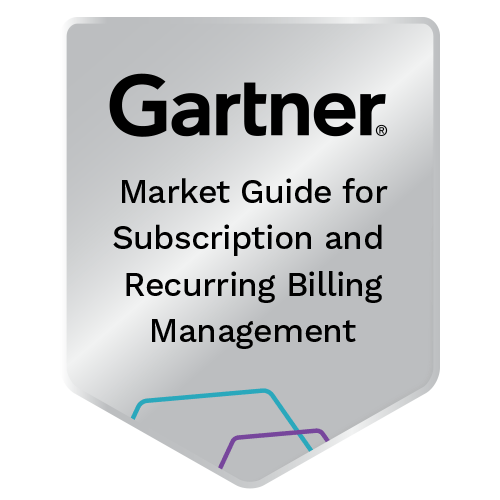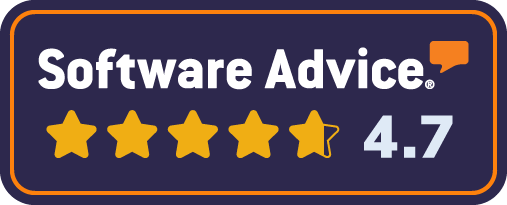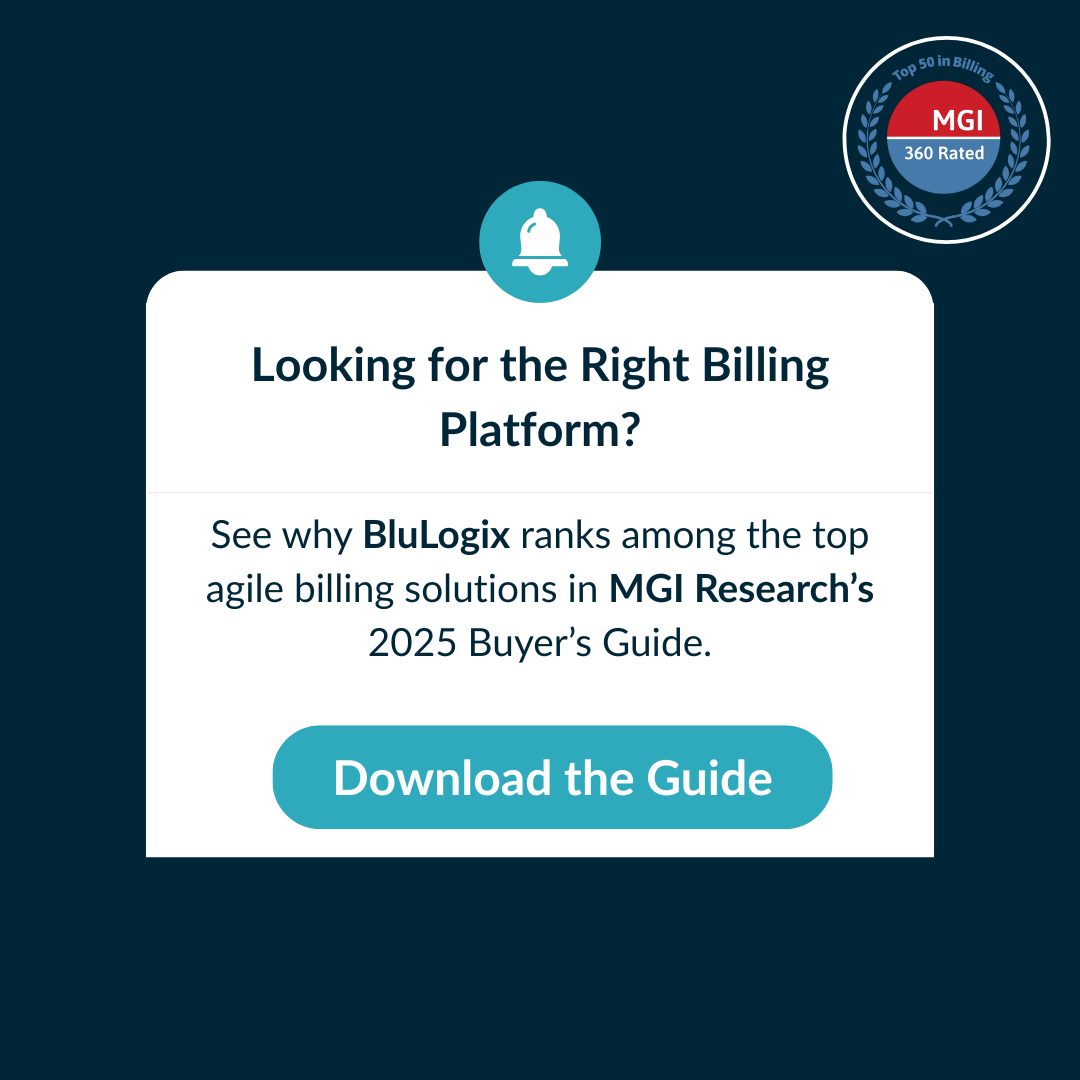Blulogix Whitepaper
SaaS model: A Practical Guide to Launching Your X-aaS
Moving to a Subscription Model or an “As A Service” Business? What You Might Not Have Considered.
Table of Contents
Recurring revenue models are taking over. And, the proof is in the numbers. 80% of businesses already use at least one SaaS application, 73% of businesses plan to switch all systems to SaaS, SaaS spending is expected to increase by 44%, and 38% of companies say that they are running almost completely on SaaS. It’s undeniable. Where the biggest shift in business in the past several years lies, however, has been the move to “as a service” models for all industries. There’s no doubt that subscription offerings are the fastest-growing delivery mechanism in the market and, before too long, this will be the dominant way of delivering services and products in the economy. If you’re not considering it, you’re already behind the curve.
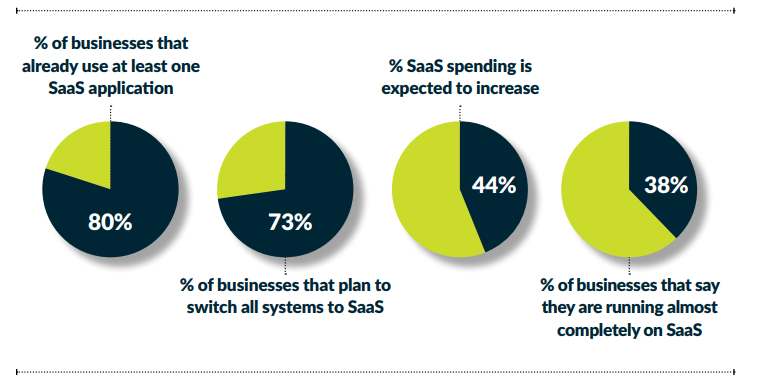
“X” as a Service: The Future of Revenue
SaaS has evolved beyond the software sector. Since digital transformation has been in full swing, just about anything and everything can be packaged and sold “as a service”. From Platform as a Service (PaaS) to even
Infrastructure as a Service (IaaS), the derivations have led to the adoption of the collective, general “X” in XaaS, which represents the innumerable products, tools and technologies that vendors can now deliver to users as a service over a network. Leveraging the internet of things – and all manners of platforms – goods and services that can be accessed or shared via cloud computing and remote access are being sold all over the world, en masse.
Quickly dwindling are the days of local or onsite enterprise transactions, and every savvy business with an internet connection is adapting to XaaS to get their “X” products to market in a service format.
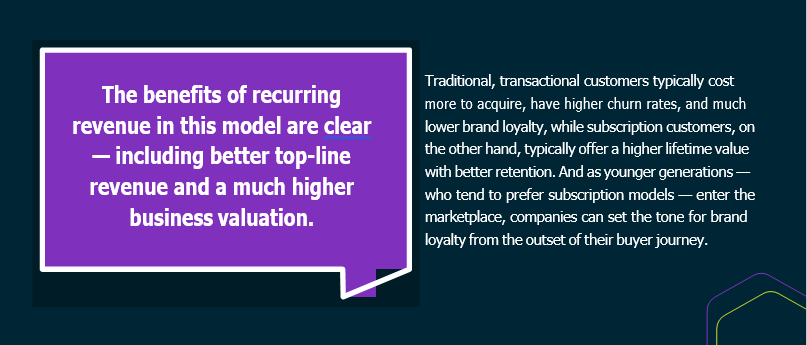
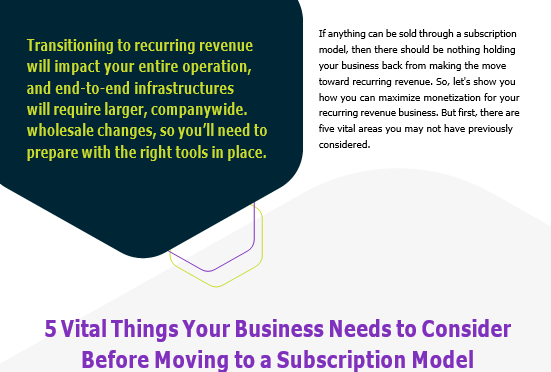
Only a few years ago, if you wanted a quality infrastructure, you would have to buy an entire suite of expensive hardware from a tech manufacturer, have it delivered on-site and pay in full. Today, however, you can buy the hardware on-demand in a consumption model, receiving only what you need, on-premise and as a pay-as-you-go subscription service. So don’t let conventional wisdom and old methods of doing business dissuade your transition and think, “I can’t really sell my services as a subscription or as recurring or as on-demand,” just because that was the way you used to do it in the past. The paradigm has shifted.
Defining Your Catalog
Part of your initial journey has to be understanding how you can package your services. It can be an overwhelming prospect to embark on this change, but by identifying the products and services you’ll offer and how you plan to deliver them, you can better define your catalog and your pricing. Asking the hard questions is a must before transitioning your catalog. You must not only define your product, but you also need to determine your monetization strategy and how you want to sell it. You’ll need to decide if you want to sell your service or product direct or sell it through a channel — perhaps you can even split your goods or service between channel distribution and direct. And, defining the price, can actually prove to be one of the most challenging decisions.
An important exercise is to ask this series of questions:
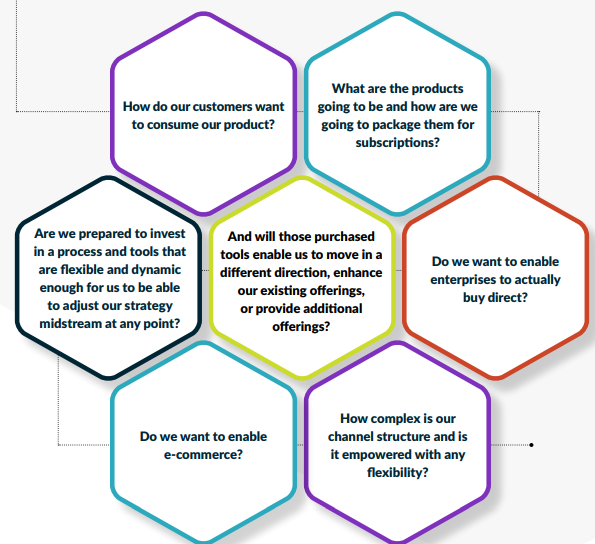
Asking these discovery questions enables you to then prepare your catalog — and your business — to be ready for the new digital commerce so you can mobilize your business and propel it toward scaling and growth.
Don’t inadvertently create barriers of entry for your customers — all of your flexibility and power comes from preparing, and then defining, your catalog with these pressing questions. Then, you can better determine pricing packages, because it’s not as simple as just silver, gold, or platinum — it can be far more complex.
Defining How to Price Your Strategies
Your subscription pricing structure will provide the framework for how you’ll charge, but not how much you’ll actually be charging. That’s where determining a pricing strategy comes into play. When you have an understanding of your customers and how they want to consume your product, that will drive your pricing strategy. Will you go with cost-plus pricing? Competitor-based pricing? Or value-based pricing? Though a complex consideration, most models fall into four categories.
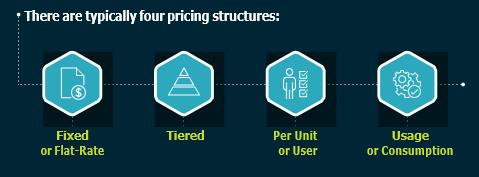
Deciding the pricing structure will then inform your pricing strategy. Whether you’re considering your competitor’s pricing or working out your own pricing and adding margin, you’re going to end up leaving money on the table.
Pricing strategies put customer value front and center, are driven by data and match your customers’ purchasing and usage habits. So instead, data needs to be at the heart of your pricing decisions. Failing to base subscription pricing on data could cause you to overprice or underprice your product or services. Data, then, is the mechanism that informs your overall pricing.
Service inventory — also known as digital inventory — is a collection of your customers’ data that enables you to best manage your service and your pricing. This digital information comes in many forms of assets; a username is a digital asset, a license code is a digital asset, and a phone number is a digital asset. In reality, in your daily life, you have many of these; your ID, your health insurance member number, the VIN number on your car, your software, or even your IP address. You need to be able to control, manage, and deliver your digital services via subscription, therefore you need the management tools, infrastructure, and plan in place to control this digital inventory of digital data assets. And, the truth is, if you don’t have digital asset management, you can’t have an effective pricing strategy, nor do you have scalability. Imagine if you needed to alter 20 subscriptions — are you able to determine or identify which particular 20 units you are going to change or terminate or exchange or upgrade? If you don’t have a connected repository of all this information in one place, you end up having to attempt to manage all of that manually with spreadsheets. Guess what happens? You can’t scale, you end up with major gaps and an out-of-control amount of spreadsheets.
Again, you’ll need to ask yourself the hard questions to determine a pricing strategy based on your data:
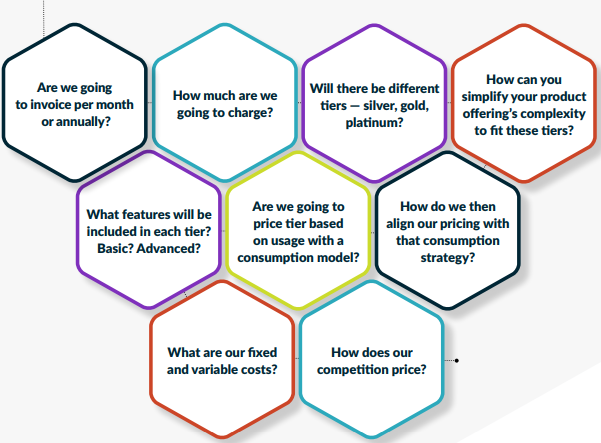
A major consideration with all of these variables is if you should adopt a consumption-focused subscription model. If you cannot repackage your services because they are too complex or if you try to squeeze everything into just three packages, you will either outprice or underprice your services. So, you’ll either overcharge customers for services because you have to bundle them and include them in these three packages or overprice them and get yourself driven out of the market competition. A consumption approach can address some of this complexity. Take a cell phone for example; you can pay $1 a month for the device, but the minute you connect it and you start using it, you get charged for consumption — whether it’s $5 per month or $100. The cost can go can up or down based on usage, so as a customer, if you’re not using it, you don’t have to pay the consumption portion. And, for the vendor, if they lower the price and the customer uses that extensively, they’re not leaving money on the table.
So it makes the offering and the money both flexible for the customer and the provider — both are actually getting their opportunity to expand to get the right return on their service and their investment. As you can imagine, using a consumption subscription will require a sophisticated automation platform.
The challenge when determining pricing strategies for subscription is that what you used to be able to do with manual processes and personnel cannot scale when the tidal wave of transactions starts rolling in. With subscription, the $100 or even $500 a month is not just confined to, say, 100 transactions. Now, it’s hundreds of thousands, if not millions of transactions. You have to be ready to respond to this change because your price strategy will ultimately determine your scalability.
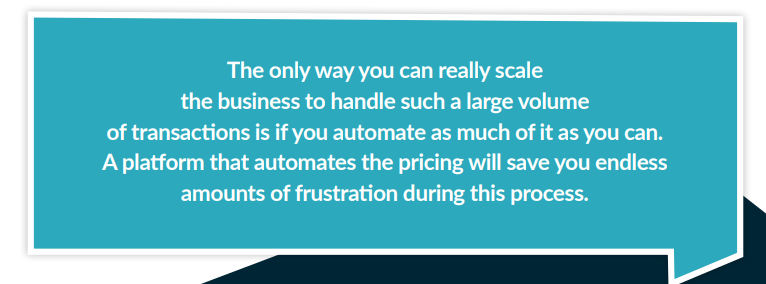
Understanding the Complexities of Business Processes
How are you going to manage your users? How are you going to scale? It boils down to the previously mentioned digital asset management component — the more data you have collected on your customers, the better. Again, you’ll need software to collate this inventory of information. From there, you can have a better handle on managing the actual users. Managing credentials so the users are permitted to leverage your service dovetails into this concept.
In the old, traditional business world, a company could buy 100 user licenses; once they reached that limit they could just buy more and didn’t care who used the licenses and didn’t necessarily need to track them. However, in the new world of subscriptions, you absolutely have to keep track. No longer are you selling a 100-user enterprise license — you’re selling 100 individual subscriptions. In today’s world, it’s all based on the individual user. With that said, everything is monetized at the user level, not at the corporate level. Ergo, you need to be able to know who is using what — whether it’s a software license, a device, or a telephone number — so that you can then measure, at the user level, what that user is actually consuming.
How then, are you going to then distribute the user credentials and log-on information to the customer? Because you can’t start the billing process or the subscription process before you send credentials.
Understanding your users and their data informs, effectively, all of your processes — not just your pricing strategy.
And, if it takes someone manually going in and building that customer and their profile, it could be a week or even a month before they get credentials, depending on the complexity of the application. With the right software, however, it could be minutes. You also need to connect the ordering process with the provisioning process to then activate billing upon receiving their credentials. Enterprises need to carefully ensure that there’s a seamless integration between platforms that protects their process, as well as their data integrity.
Having these processes interconnected is crucial. Otherwise, the systems, software and people supporting your processes all get disrupted. Since you already have a significant investment in those resources, you want to be the least disruptive as possible and leverage software that integrates seamlessly into your existing processes.
Understanding The Complexities of Renewals and Upselling
Once your customers are onboarded, your success is predicated on upselling and renewing them, in which, automation will play a pivotal role. In essence, it’s no different than setting goals and parameters for retention and upselling in traditional businesses. In practice, however, it’s an entirely different beast altogether. How do you make sure that your customer contracts that are going to expire next month are renewed? It’s not just about next month either, you’ll need to have complete visibility on what’s going to expire now, in three months, or in a year. And, don’t forget the concept of scalability — if you have to manage your renewals in spreadsheets, you’re going to run into trouble, and fast. What happens when you go from having 100 transactions to 1000 transactions? How are you going to track 100,000 renewals? What if you have 100 million renewals or 100 million subscriptions? A spreadsheet is not going to keep up. That mindset is illogical. Integrating a platform that can automate these processes will factor into your ability to drive more revenue.
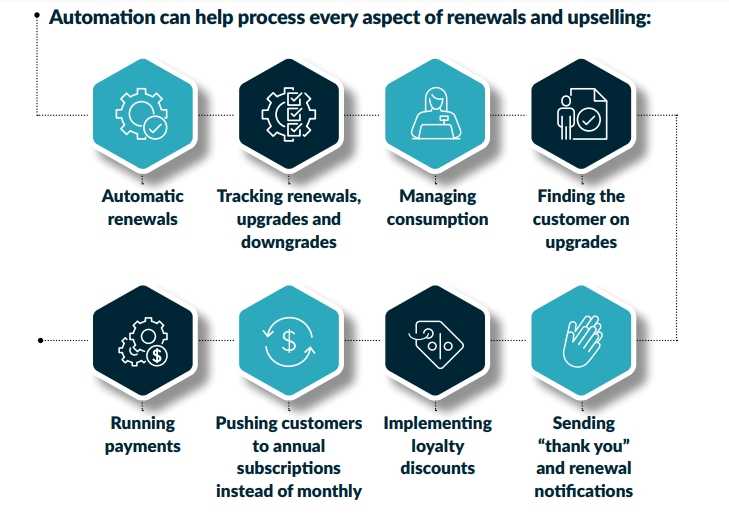
One of the biggest advantages of recurring revenue is that it’s running for a long time so it adds value and stability to your company — and automation is your secret weapon. If you don’t have automated renewal management for contracts and services in the form of some integrated platform, the complexities of subscription processes will be insurmountable for traditional-minded businesses. Automation simplifies and allows you to scale without throwing indefinite amounts of personnel to solve complex scenarios.
Understanding Backend Reporting and Analytics
There will be a significant shift in your reporting on a recurring revenue model because “as a service” businesses don’t rely on traditional GAAP (Generally Accepted Accounting Principles) metrics. You’re measuring other things that make a difference, so you cannot measure your success of a subscription or recurring revenue business based on those traditional principles. You need other tools or platforms, and measurements in place to be able to understand the value of the business because, in recurring revenue, it all becomes highly complex.
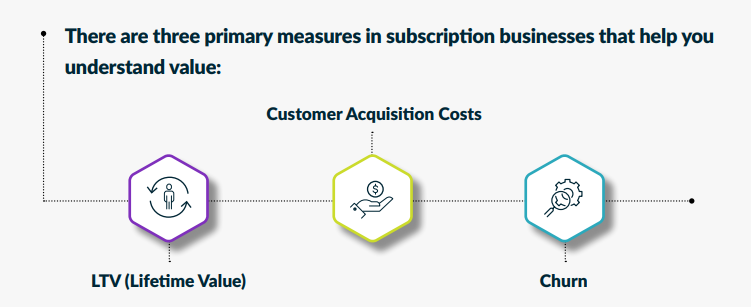
Ready to see it in action?
We’ll go over your business case and customize a platform overview tailored specific to your requirements and needs.
LTV is an important calculation to consider upfront, because, in a recurring revenue stream, the initial value may only be a paltry $100 per month.
Margin and profitability trackability and visibility at the granular level are essential to success in a subscription model. If you have a tool, like a margin analyzer, you can have full control of profitability and your margin.
You’ll also need to consider new recurring revenue, expansion recurring revenue and even negative churn. Margin analytics also factor in — your contract margin, your cost margin and even your margin against your invoice costs from upstream providers. If you’re tracking costs in the ERP and you’re tracking revenue in the billing system, you can only consolidate at the aggregated amounts. You cannot really get breakdowns at the individual product. What happens when you collect your revenue, suppress your cost and pay commission to your salesperson or to the reseller or distributor? Are you really making enough money in this channel? You have to make key margin decisions, not just revenue ones. And the only way to know how to make those decisions is if you are tracking margin for every single sales transaction for every service or product that you sell. The only way for you to be able to do that is to actually have your revenue engine and calculate the cost and margin.
Calculating these elements, along with having the ability to forecast so you can scale and build your business, are the foundation for growth. These are all highly complicated analytics and reporting metrics that you’ll need to navigate in a subscription model, and without a sophisticated and flexible platform, it will be near impossible to manage. Deciding to move to a subscription model is the easy part. As you have seen, launching a subscription model for recurring revenue opens a pandora’s box of complexity. Moving your entire company and processes to adopt a new way of doing business requires new solutions that meet your needs. You want to have the advantage of implementing an end-to-end infrastructure that is as seamless as possible.
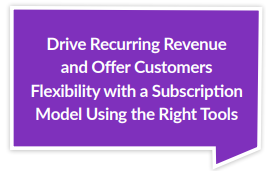
Leveraging a sophisticated automation platform that offers flexible solutions will give your organization competitive, strategic and organizational advantages by simplifying the complex world of scenarios that subscription models present. At BluLogix, we remove the challenges when transitioning to a subscription model. Our flagship platform, BluIQ, will enable you to deploy quickly, and cost-effectively and embrace everything that makes your business unique:
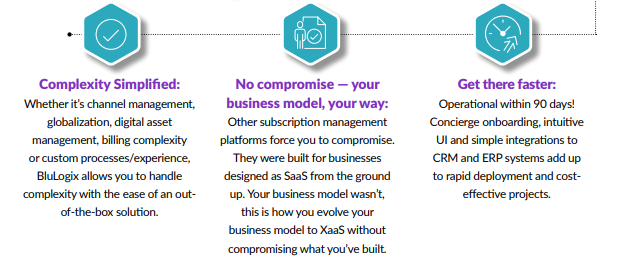
Handling a full range of billing scenarios, from the very simple to the most advanced and complex, including multiple microtransactions per day, while servicing multiple channels and different tiers of customers and recurring subscriptions, BluLogix offers a cohesive overall approach to the quote-to-cash process.
Ready to see how it works? Book a demo today with one of our billing experts below and we’ll show you how BluLogix accelerates revenue growth, enables digital transformation and empowers channels.
Reviews

Michael R.
President, Allnet Air Inc. - Telecommunications
Best Outsourced Billing for Mobility

Karen R.
Manager, Cloud Billing - Computer Software
BluLogix has been a great partner.
“Over the last several years, I have seen continual enhancements and additions to the platform. BluLogix has created a comprehensive solution for users. They provide great communication regarding upgrades and address concerns thoroughly and timely.”

Sara K.
Marketing, Graphic Design & Social Media Management - Marketing and Advertising
Fantastic platform. Recommend!

